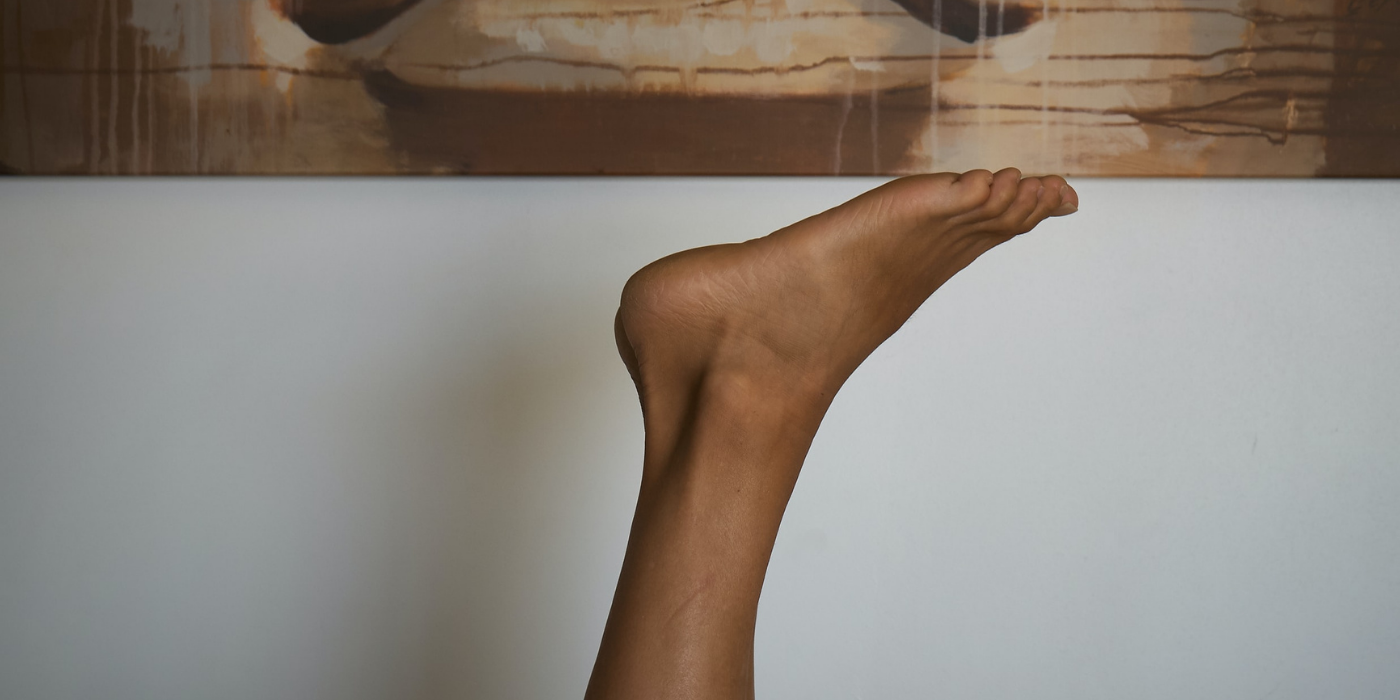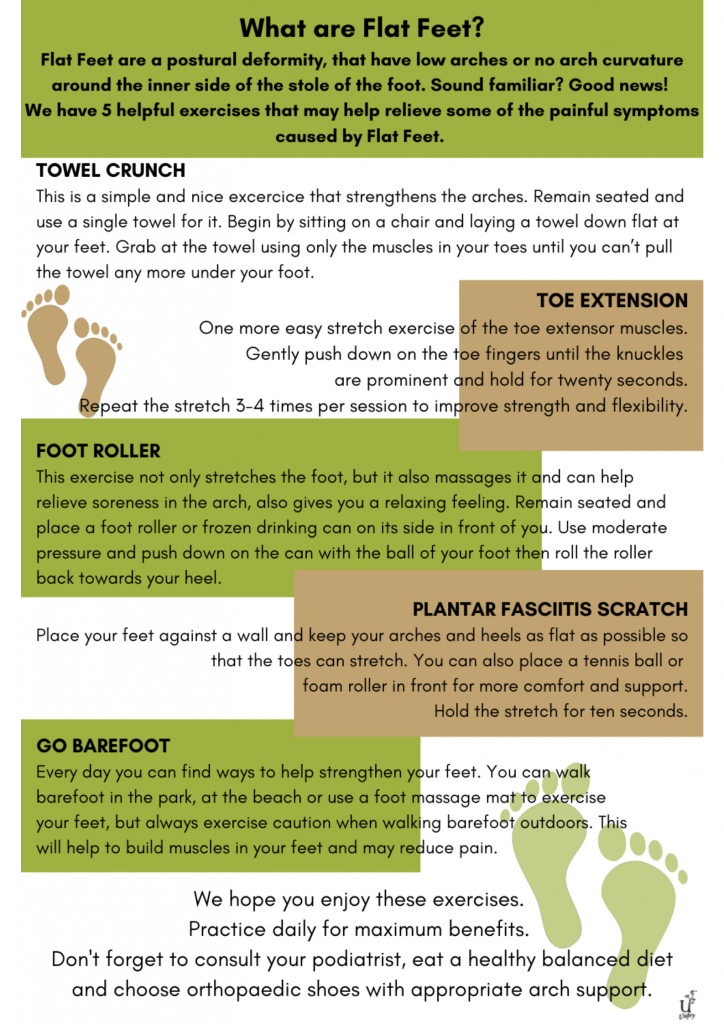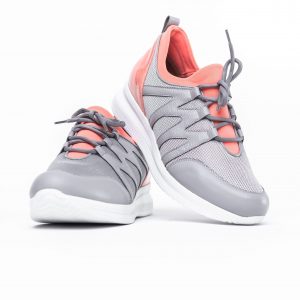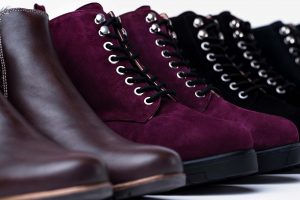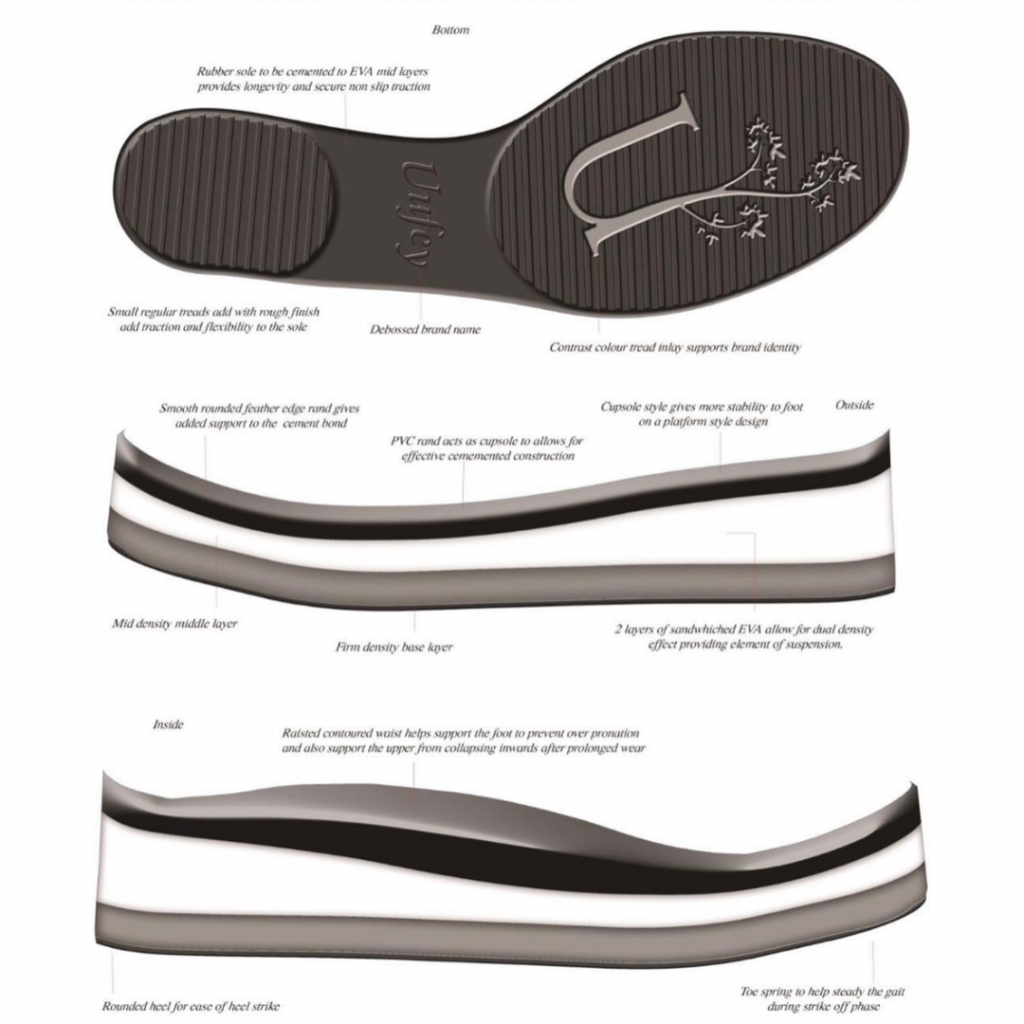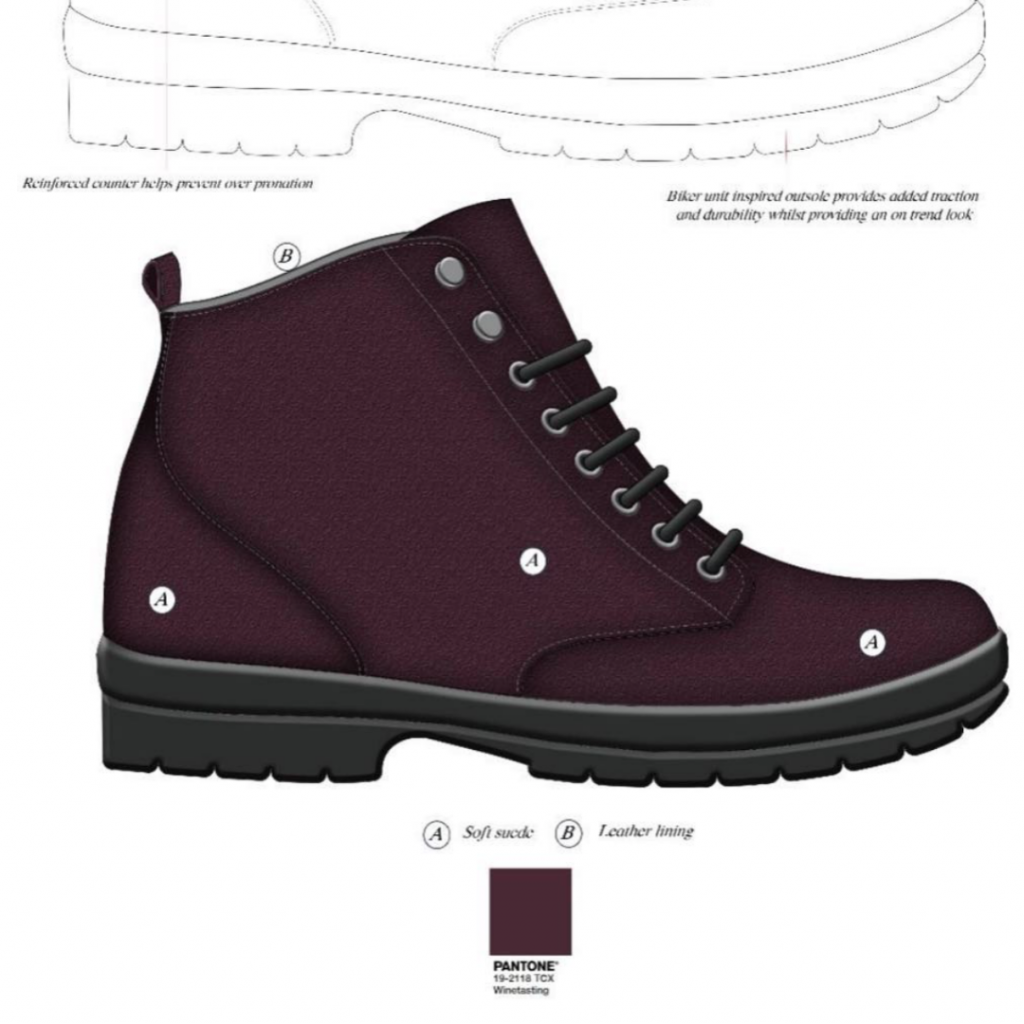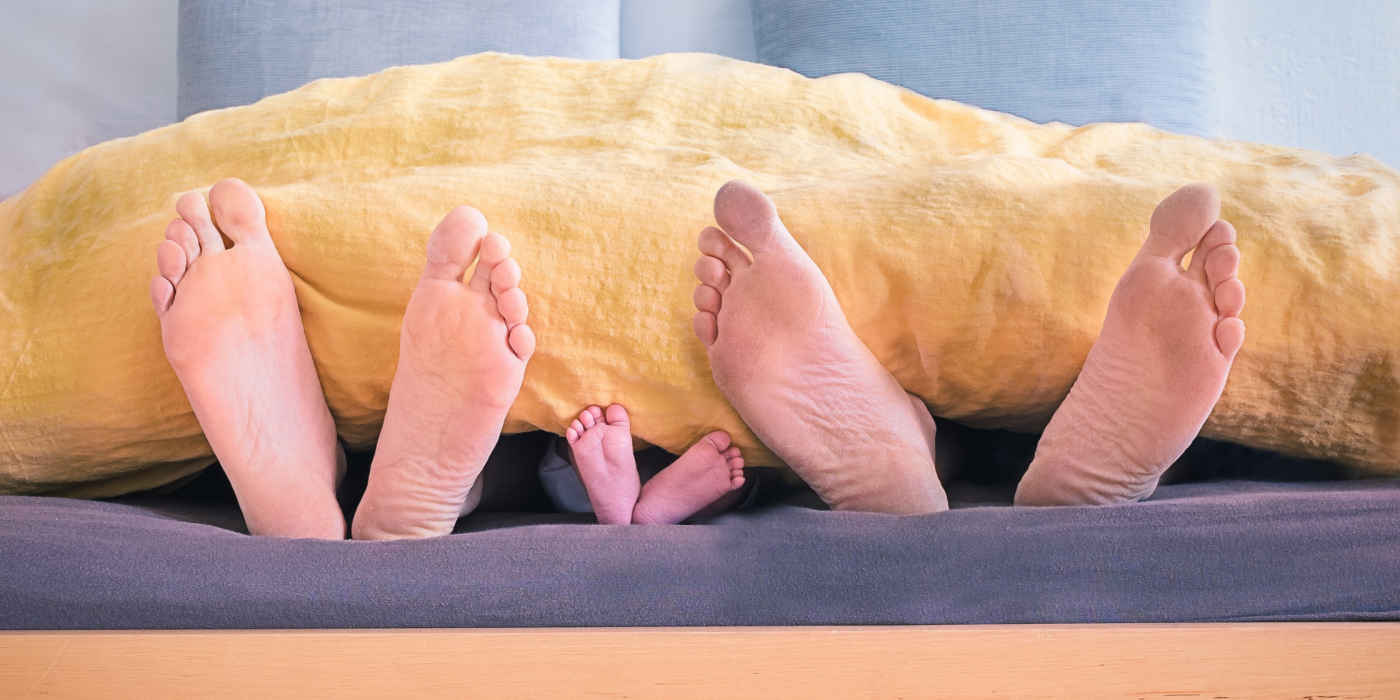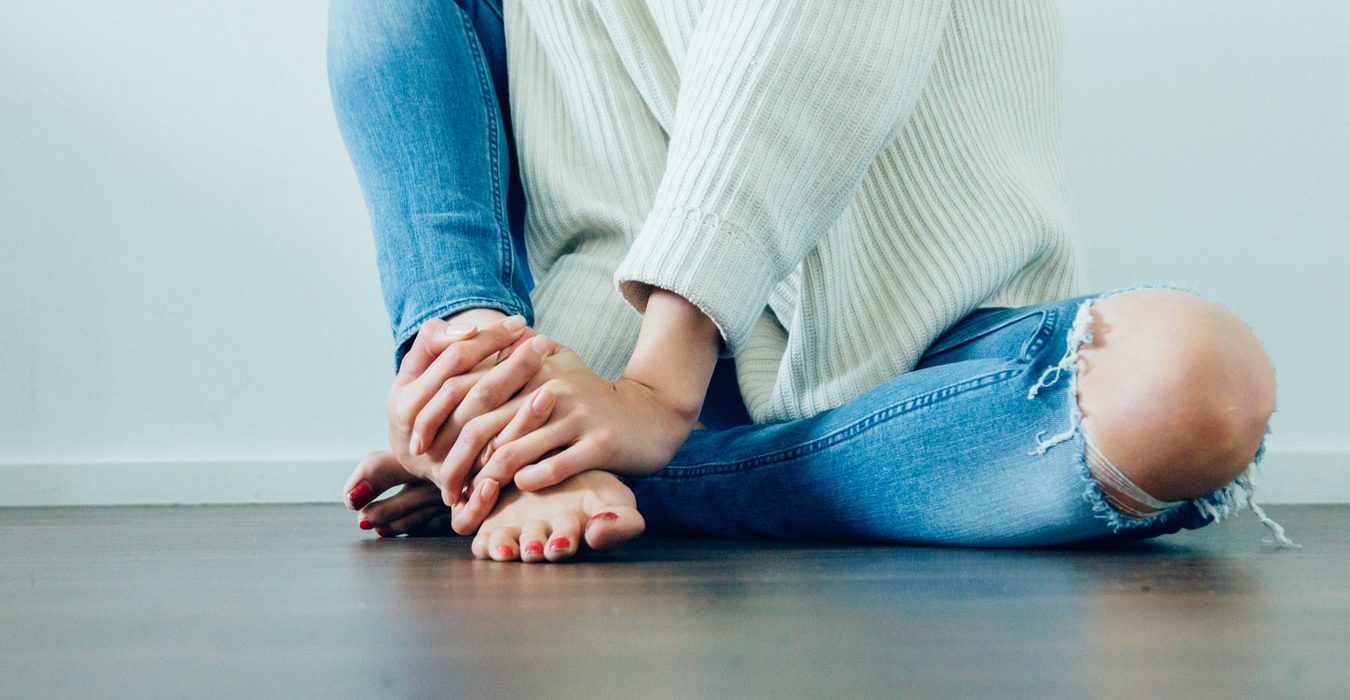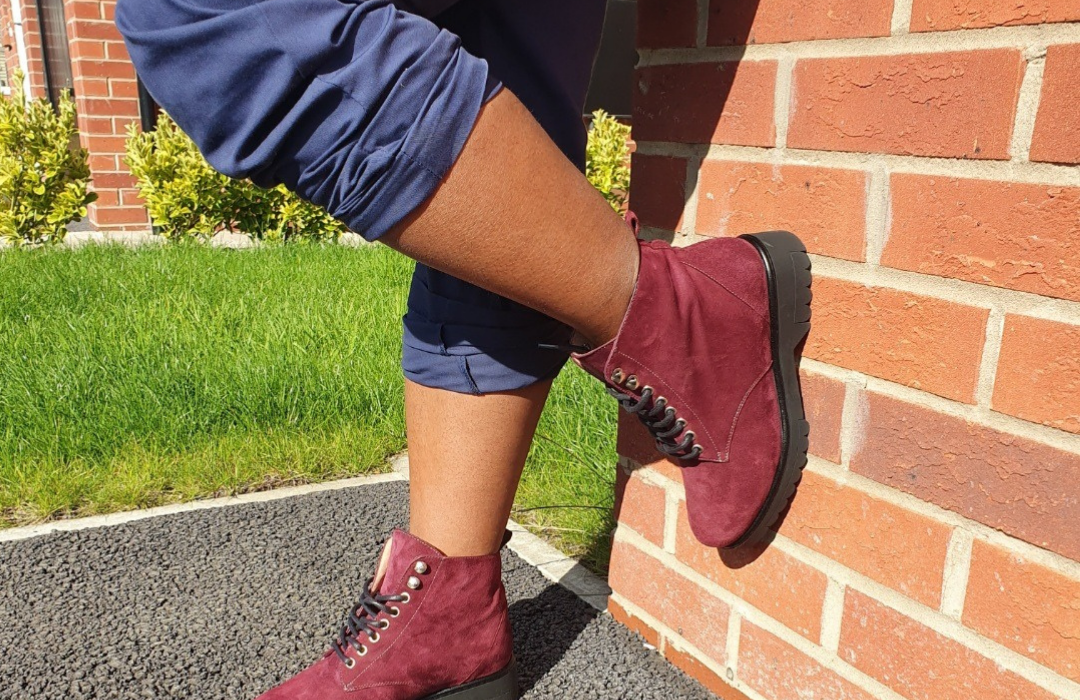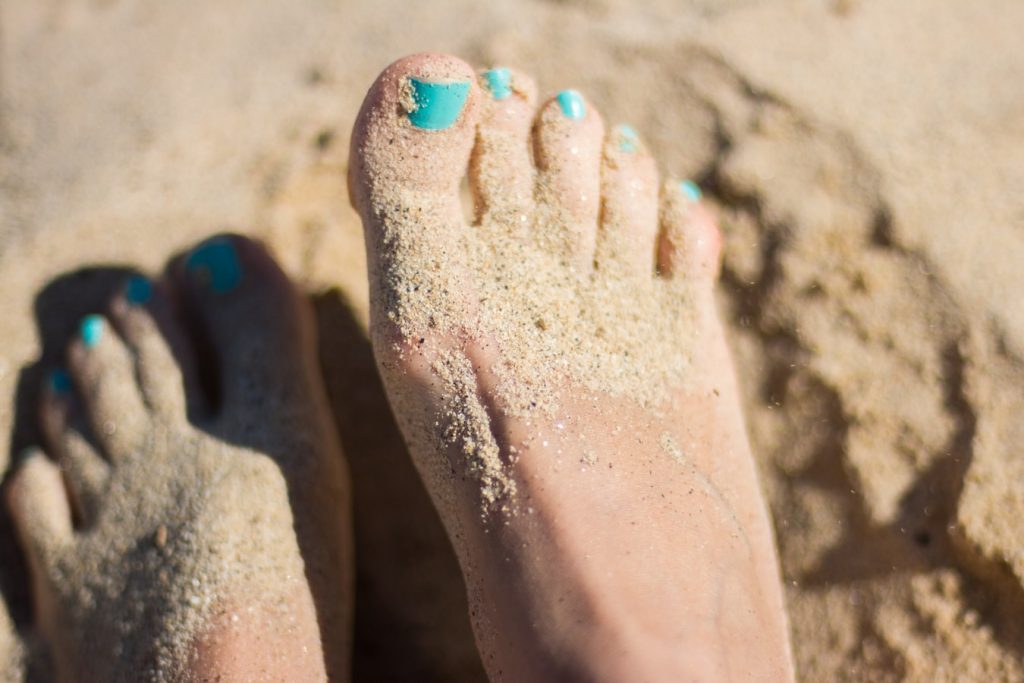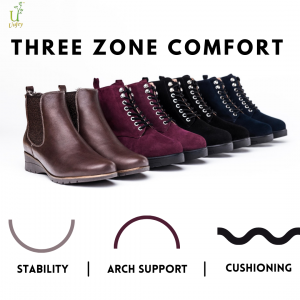10 Tips For Plantar Fasciitis Relief: Home Remedies to Treat and Prevent Pain
What is Plantar Fasciitis?
Plantar Fasciitis is a dull to severe pain in your heel caused by a strain and inflammation of your plantar fascia, aka “foot tissue”. This particular tissue is a ligament attached at one side to the heel bone. At the other side, the tissue fans out to attach at the base of each of your five toes. Plantar Fasciitis is a condition that develops when that tissue becomes inflamed, and often occurs for runners and people who have flat feet, high arches, are overweight, or who are on their feet a lot. When the plantar fascia is excessively stretched, micro-tears can occur, causing this swelling and subsequent pain.
What Can I Do for My Plantar Fasciitis
It can usually take between 6-12 months for your foot to get back to normal. To help speed up the recovery process, you can do these things at home to help ease the pain:
1. Rest: Switching devices off before 10pm and getting adequate sleep (between 8-10 hours a night) is important to keep weight off your foot until inflammation decreases.
2. Ice: This is an easy way to treat inflammation, and there are a few ways you can use it. To make an ice pack, wrap a towel around a plastic bag filled with crushed ice or around a package of frozen corn or peas. Put it on your heel 3 to 4 times a day for 15 to 20 minutes at a time.
3. Pain relievers: Did you know the herbs in your kitchen can help to reduce inflammation? Natural painkillers such as turmeric, ginger and lavender can ease the pain of plantar fasciitis. Certain nutrients have also been proposed to help build strong tendons and ligaments by being building blocks for proteins and the immune system. These include magnesium, Zinc, Vitamin C, Vitamin B5 (pantothenic acid), and fish oils with omega-3 fatty acids.
4. Stretching and exercise: Stretch your calves, Achilles tendon, and the bottom of your foot. Do exercises that make your lower leg and foot muscles stronger. This can help stabilise your ankle, ease pain, and keep plantar fasciitis from coming back.
5. Athletic tape: Tape can support your foot and keep you from moving it in a way that makes plantar fasciitis worse.
6. Shoe inserts: Also called insoles, arch supports, or orthotics, they can give you extra cushion and added support. You can get them over-the-counter (OTC) or have them custom made. Typically, your results will be just as good, and cheaper, with OTC inserts. When you choose one, firmer is better — and make sure it has good arch support.
7. Spikey Ball: For optimum pain relief, the Plantar Fascia Massage Ball facilitates a deep tissue massage by rolling away those deep muscle knots. Its ergonomic design helps increase blood circulation in the heel and arch area, soothing sore muscles and relieving foot pain.
It is recommended to use the spikey ball when you wake up first thing in the morning. Swivel round and place the ball on the floor under your affected heel and roll the ball under your heel and from your toes to your heel, for 1-2 minutes to get a stretch of the plantar fascia. Then stand onto the ball and roll it under your body weight for 1-2 minutes before getting on with your day. Do the same after getting up from a chair and before going to bed at night.
8. Weight Loss: Losing excess weight can really help reduce the stresses on the plantar fascia. Exercises that improve heart rate such as cycling, swimming and pilates can help with both prevention and management of plantar fasciitis.
9. Physiotherapy: Physiotherapy is extremely important to treat plantar fasciitis. Exercises to stretch any tight heel cords (which must be with a straight knee), as well as work on your core-stability, and assessment of your walking and running patterns are really essential in the treatment of plantar fasciitis to get you back to walking and running pain-free.
10. Plantar fasciitis foot arch support sleeves provide fast relief of pain and provide instant arch support that will help with heel pain. They also feature gradual compression, compressing the plantar fascia ligament and relieving pain. The orthotics feature Shock Guard Technology for immediate and all-day relief from plantar fasciitis and the full-length insole cushions protect the entire foot.
Enjoy reading this content? Sign up to our newsletter for our VIP club and weekly updates!



